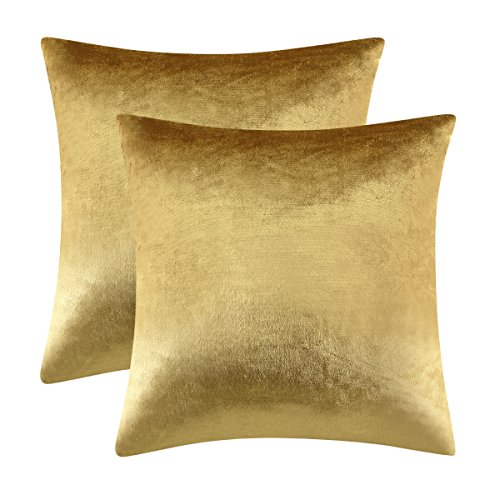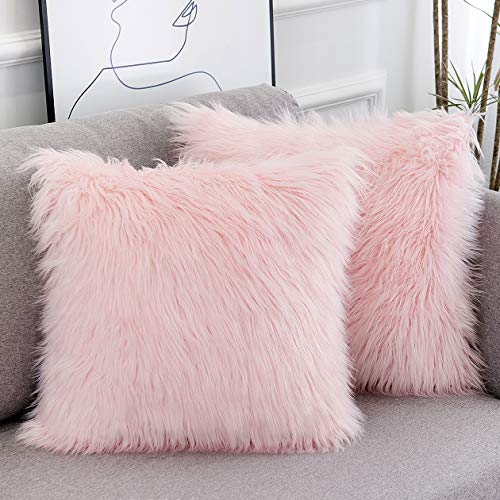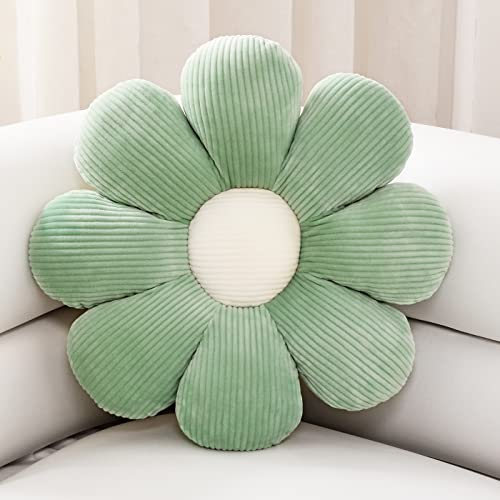The Vibrant Revival of 60s and 70s Color Palettes in Interior Decorating
In recent years, interior design has seen a bold resurgence of the vibrant, eclectic color palettes that defined the 1960s and 1970s. Once dismissed as dated or overly garish, these retro hues—think mustard yellows, avocado greens, burnt oranges, and groovy pinks—are making a triumphant return, reimagined for modern spaces. This revival is more than a nostalgic nod; it’s a celebration of optimism, individuality, and warmth that resonates with today’s homeowners and designers seeking to break free from minimalist monotony.
Why the Comeback?
The 60s and 70s were eras of cultural upheaval, self-expression, and experimentation, reflected in their daring interior aesthetics. Bold colors, psychedelic patterns, and unconventional pairings embodied a spirit of freedom and creativity. Today, as people crave personality in their homes after years of neutral, Scandinavian-inspired minimalism, these palettes offer a refreshing antidote. Social media platforms like Instagram and Pinterest have fueled the trend, showcasing spaces that blend retro vibes with contemporary sensibilities. Designers note that younger generations, particularly Millennials and Gen Z, are drawn to the authenticity and warmth of these hues, which feel both nostalgic and rebellious.
The resurgence also aligns with broader cultural shifts. In a world grappling with uncertainty, the optimistic, playful energy of 60s and 70s colors provides comfort and joy. Additionally, sustainability trends encourage reusing vintage furniture or embracing retro-inspired designs, further amplifying the appeal of these throwback aesthetics.
Defining the Palette
The 60s and 70s color palettes are instantly recognizable for their warmth and audacity. Key hues include:
-
Mustard Yellow: A rich, golden tone that adds warmth and sophistication.
-
Avocado Green: Earthy and grounding, often paired with wood tones for a natural vibe.
-
Burnt Orange: A fiery, energetic shade that pops in upholstery or accent walls.
-
Bubblegum Pink: Playful and bold, used sparingly for a fun focal point.
-
Teal and Turquoise: Cool tones that balance the warmth of oranges and yellows.
-
Chocolate Brown: A versatile neutral that anchors brighter hues.
These colors are often combined with patterns like paisley, florals, or geometric shapes, evoking the era’s iconic wallpapers and textiles. While the original palettes could feel overwhelming, modern interpretations use them more strategically, balancing bold hues with neutral backdrops or minimalist furniture.
How to Incorporate the Trend
Bringing 60s and 70s color palettes into today’s homes requires a thoughtful approach to avoid overwhelming the space. Here are some practical ways to embrace the trend:
-
Accent Walls and Furniture: A mustard yellow sofa or a burnt orange accent wall can serve as a statement piece without dominating the room. Pair with neutral walls (white, beige, or gray) to keep the space airy.
-
Mix and Match: The 60s and 70s were all about eclectic pairings. Try combining avocado green cushions with a teal rug or a pink lampshade with an orange chair. The key is to balance warm and cool tones for harmony.
-
Vintage-Inspired Accessories: Incorporate retro elements like lava lamps, macramé wall hangings, or shag rugs to enhance the vibe. Thrifted or reproduction furniture, such as a low-slung teak coffee table, adds authenticity.
-
Softer Neutrals as a Base: Modern interpretations often use 60s and 70s colors as accents against softer neutrals like cream or taupe, creating a more approachable look. For example, a chocolate brown armchair paired with a cream sofa feels timeless yet retro.
-
Bold Kitchens and Bathrooms: These palettes shine in unexpected spaces. Think olive green cabinetry in a kitchen or a pink-tiled bathroom with brass fixtures. These choices channel retro charm while feeling fresh.
-
Textiles and Patterns: Introduce the era’s spirit through patterned curtains, throw pillows, or wallpaper. A geometric print in mustard and teal can transform a room without requiring a full overhaul.
Modern Twists on a Retro Trend
While the 60s and 70s palettes are inherently bold, today’s designers are reinterpreting them with restraint and sophistication. Instead of the all-over color drenching of the past, contemporary spaces use these hues sparingly for maximum impact. For instance, a single burnt orange armchair in a minimalist room can feel both retro and cutting-edge. Designers also pair these colors with modern materials like matte black metals, terrazzo, or sleek glass to ground the look in the present.
Another evolution is the integration of biophilic design, which complements the earthy tones of avocado green and mustard yellow. Houseplants, natural wood, and woven textures enhance the organic feel of these palettes, creating spaces that feel both nostalgic and forward-thinking.
Cultural and Emotional Appeal
The return of 60s and 70s color palettes is more than a design trend—it’s a reflection of a collective desire for joy, individuality, and connection. These colors evoke a sense of optimism and playfulness that feels particularly poignant in today’s fast-paced, often impersonal world. They encourage homeowners to take risks, embrace imperfections, and create spaces that tell a story.
For many, the trend is also a way to honor the past while looking to the future. Vintage furniture and retro colors carry a sense of history, reminding us of simpler times while allowing for creative reinvention. As designer Kelly Wearstler notes, “Color is a powerful tool for storytelling in design. These retro palettes let us tap into a vibrant, expressive era and make it our own.”
Where to Find Inspiration
To dive into this trend, explore vintage shops, flea markets, or online platforms like Etsy for authentic 60s and 70s pieces. Brands like West Elm and Anthropologie offer modern furniture and decor inspired by the era, while paint companies such as Farrow & Ball and Benjamin Moore have collections featuring rich, retro hues. Social media hashtags like #RetroRevival or #MidCenturyModern can also spark ideas for blending old and new.
Conclusion
The return of 60s and 70s color palettes in interior decorating is a testament to the enduring power of bold, expressive design. By blending these vibrant hues with modern sensibilities, homeowners can create spaces that feel warm, inviting, and uniquely personal. Whether through a single mustard yellow cushion or an entire avocado green kitchen, this trend invites us to embrace color, take risks, and celebrate the joyful spirit of a bygone era. As we move forward, the revival of these palettes reminds us that great design is timeless—and a little groove goes a long way.




